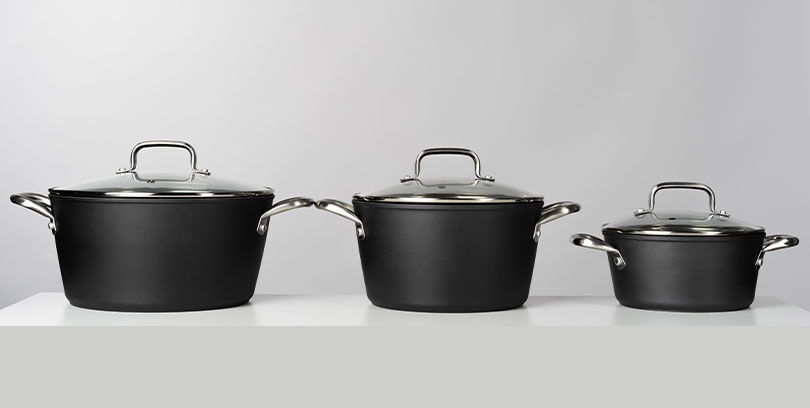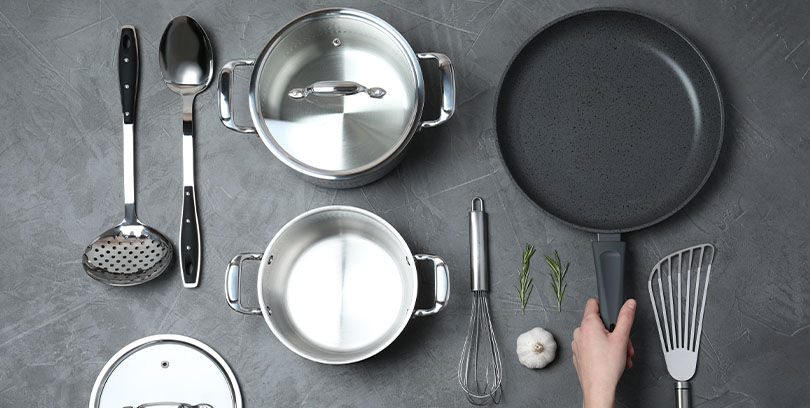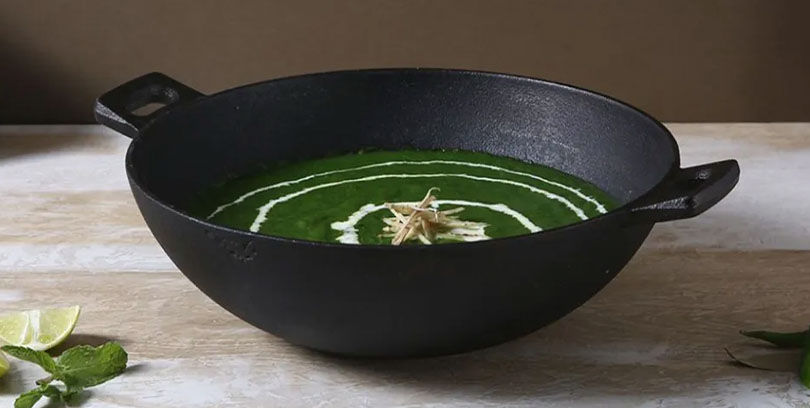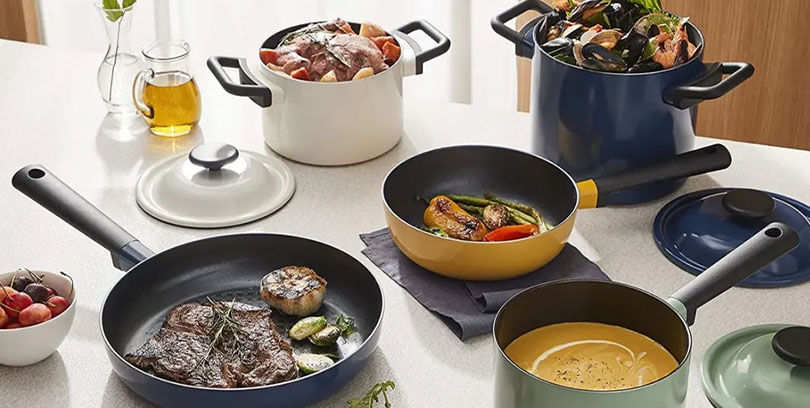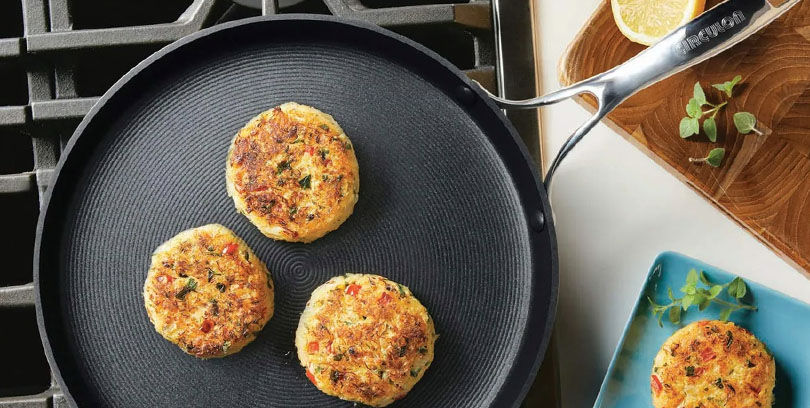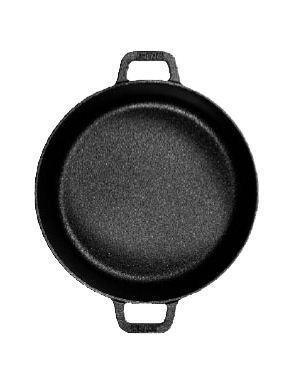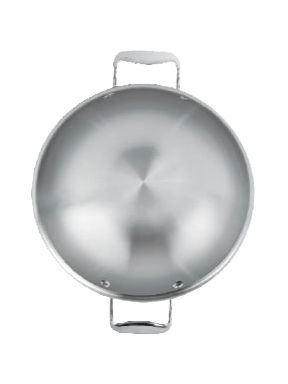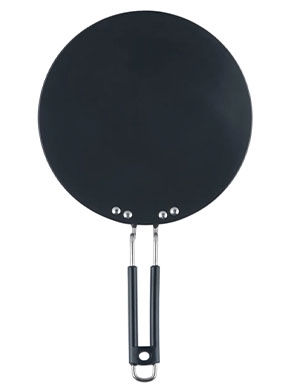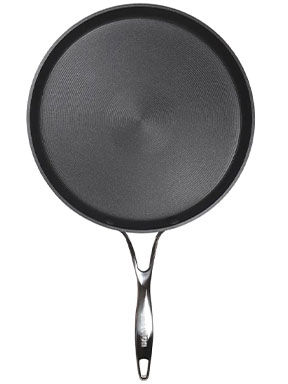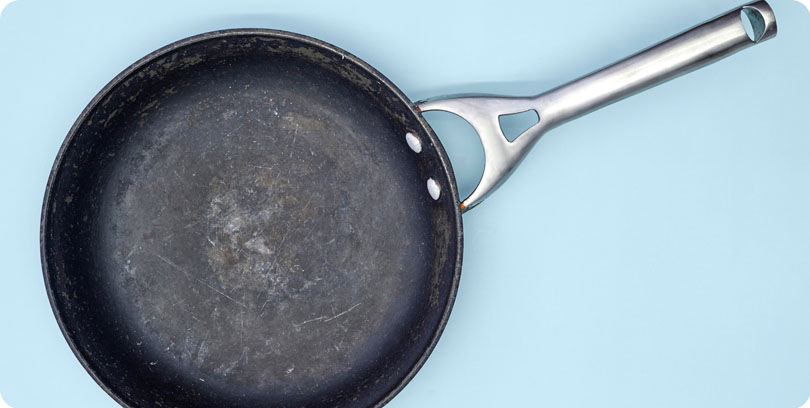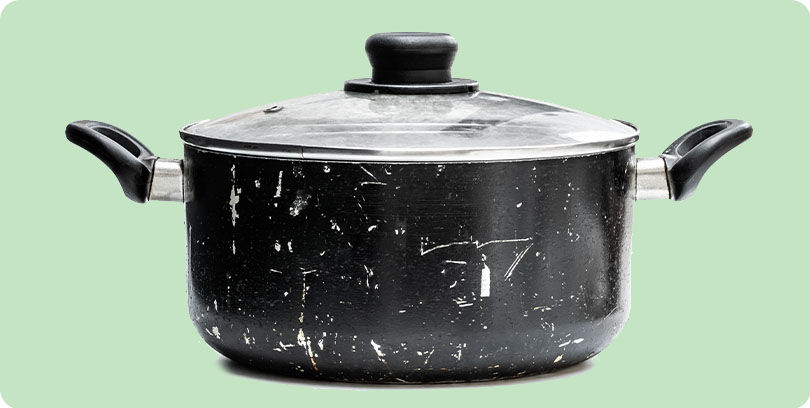Pick the Right Cookware

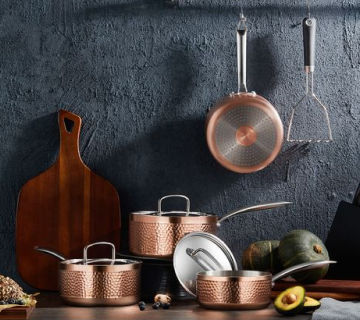
Pick the Right Cookware
You wouldn't want your cupboards and shelving units occupied with unused kitchenware. Buying cookware is not an easy task.
Unplanned purchases of such items might be the reason you end up with clutter. With this guide, you will know the exact recipe to buy what you need in the kitchen.
Everything about Essential Cookware
Make Sure You Are Buying Right!
Material Matters
Know Your Cookware
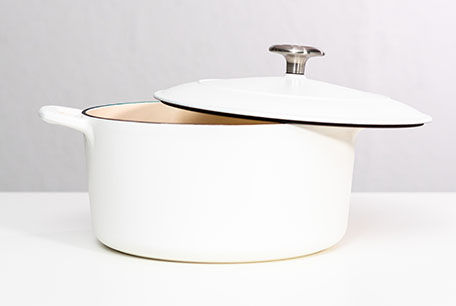
Stockpots
A stockpot is a container-style vessel to make broth. It is perfect for making stews, curries, and all types of gravies.
Shop Now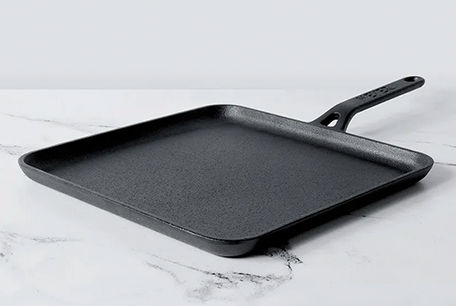
Tava
A flat surface with a slightly caved centre to make roti. It has a thick bottom and comes with or without handles.
Shop Now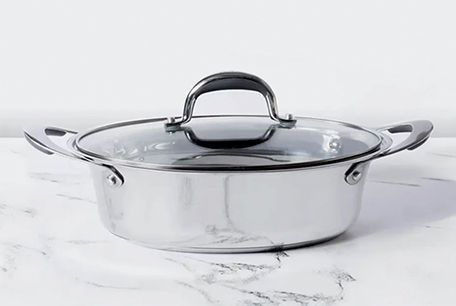
Casserole
A deep surfaced pan that is oven-friendly and used to make soups, stews, and pot roasts. It is pretty enough to serve at the table.
Shop Now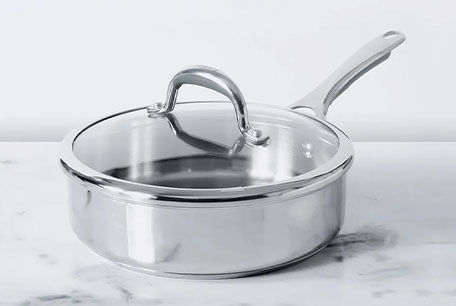
Saute Pans
A frying pan or skillet has a flat bottom and is perfect to sear or grill. It has a long tapering handle for convenience.
Shop Now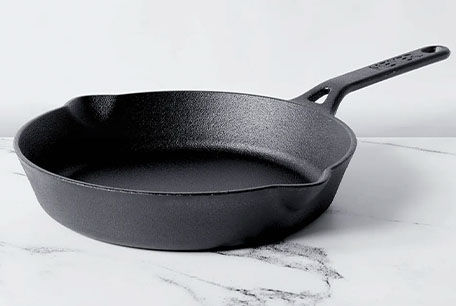
Fry Pans
An essential for stir-frying veggies and meat, this pan has a flat, deep centre and an extended handle for convenient use.
Shop Now
Saucepans
A saucepan is a round-bottomed, semi-deep vessel to make a combination of sauces, brews, or gravies. It has an extended handle for convenient usage.
Shop Now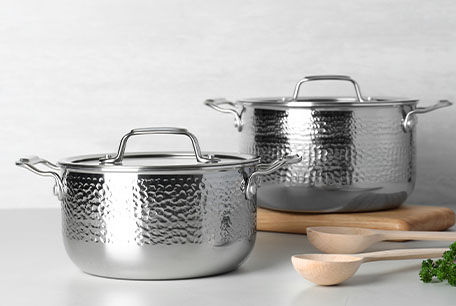
Sets
A selection of cookware items that will generally have a pot, pan, ladle and saute pans, all in one. It works best as gifting items or when moving into a new kitchen.
Shop Now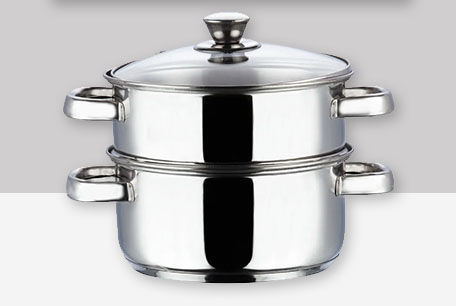
Steamers
A steamer is a closed container that contains two layers: one to place the food and the second for water to create the steam to heat or cook.
Shop Now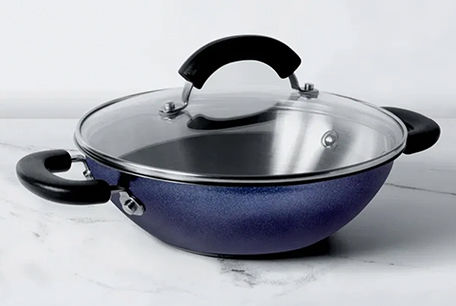
Kadhai
Indian style, deep cooking pot with handles on either side to either stir fry or cook.
Shop NowHow to Care for Your Cookware
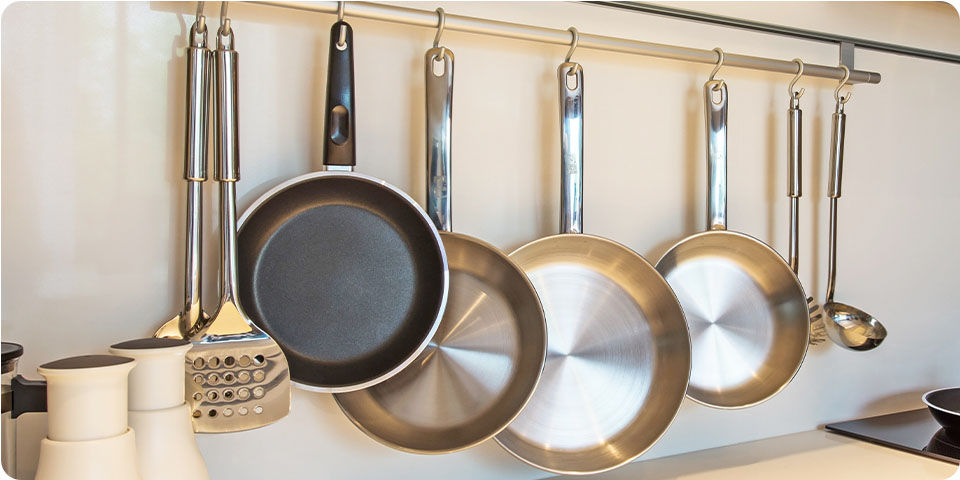
Storing
- Read the instructions every time you make a new purchase.
- Store your most-used items in the most accessible place to use and clean easily.
- Ideally, store pans in an open system like a rack or hangers.
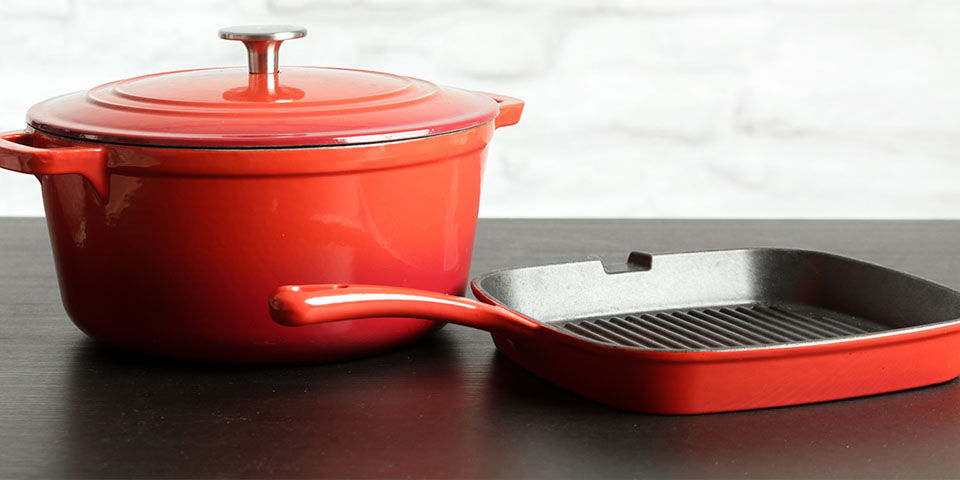
Handling
- Be gentle while storing the pots and pans.
- For instance, do not bang the utensils or cookware on the countertop while cleaning.
- Store it gently, and then keep minimal exposure to sun and direct heat when not in use.
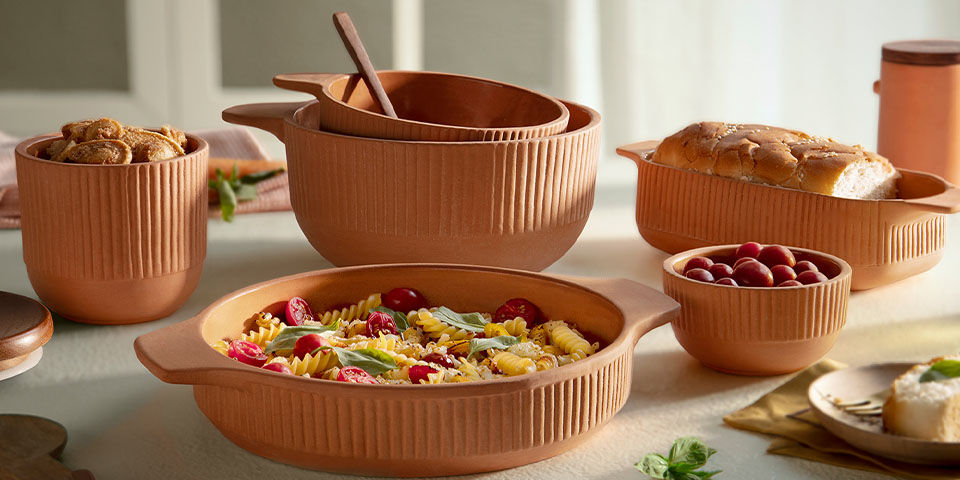
Clay care
- While cleaning earthenware or cookware, make sure it is completely dry to avoid moulding.
- While cleaning a clay pot or pan, do not use soap or detergent.
- Instead, use a coarse scrubber to remove the stain.
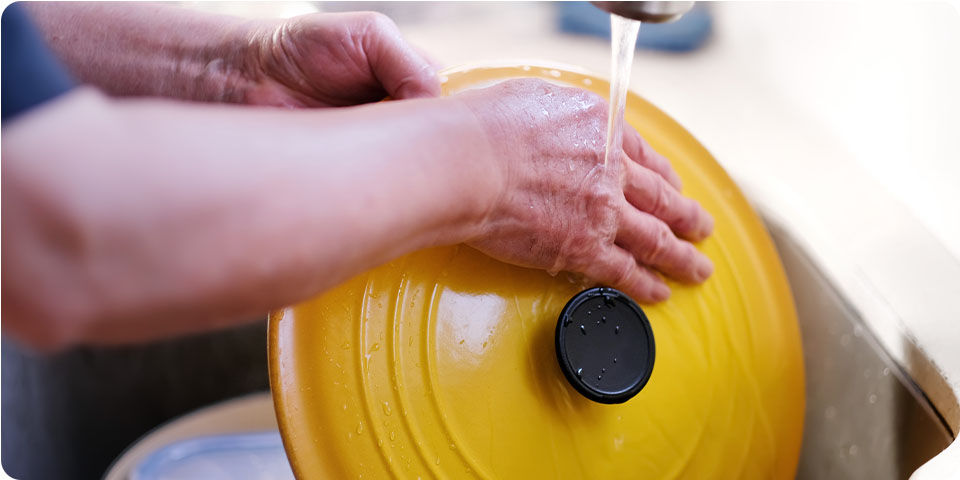
Cleaning
- Clean the cookware item after every meal to achieve longevity.
- It is a challenging affair to care for the cookware individually. However, a quick way to understand it is to classify the material.
- For instance, do not use metal ladles with non-stick pans, use wooden ones.
- Always wipe the water clean from a cookware item to avoid staining.
- Let your cookware dry before storing them in a closed space.
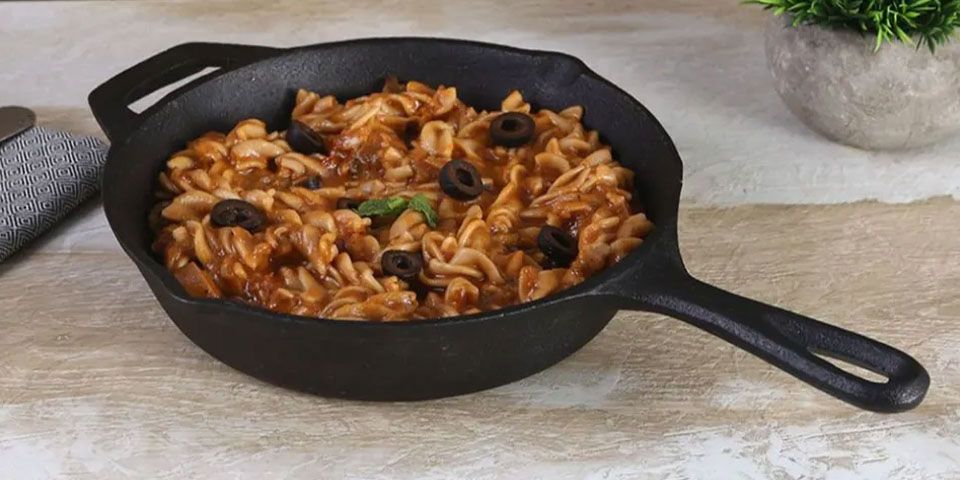
Iron caring
- Oiling iron or metal items after cleaning prevents rusting.
- Oil once you have completely wiped the cast iron cookware clean.
- Instead of using excess detergent or soap, use a combination of salt and oil to scrub the pot or pan.
- Let a minimal layer of oil remain on the pan to increase longevity.
